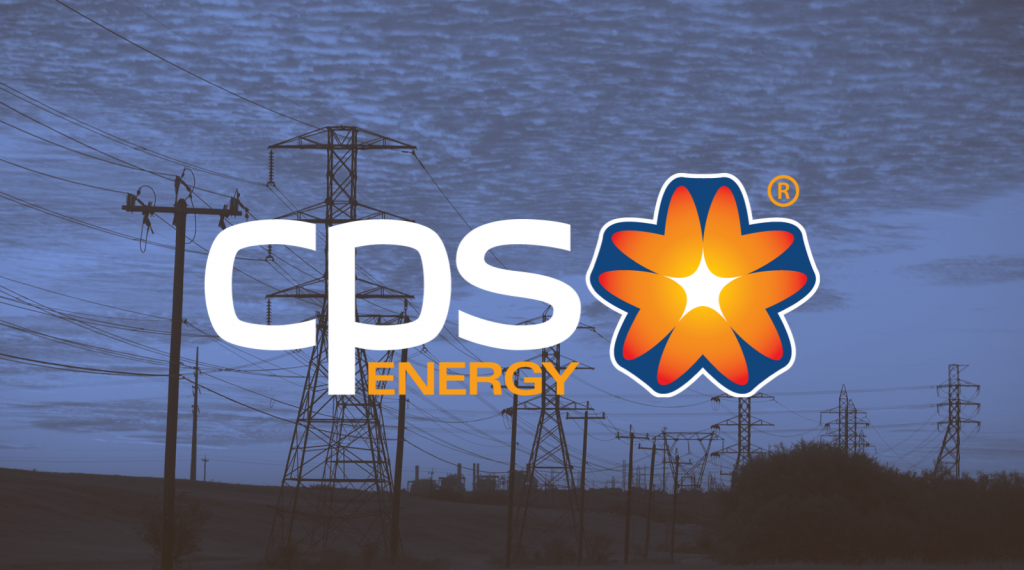My Energy Portal: Knowledge is power – use energy data to lower your usage in record Texas heat
We love the apps that come with our gadgets: They show us how many steps we’re taking, the number of hours we sleep, and even how much water we drink during the day. So why shouldn’t we know how much energy we use in our homes and when?
The benefits of tracking energy are many. Not only can it save energy, but as record temps become the norm in our Lone Star state, managing energy supports a resilient grid and lowers carbon emissions.
So, what do you need to manage your energy use? The answer is at your fingertips. You just need to log in to Manage My Account and enter My Energy Portal.
Through My Energy Portal, you have an eagle’s eye view of your household energy use by type (electric or natural gas), year, month, and day. If you are also a data geek, you can get down to the 15-minute increment! The portal’s design uses a simple, intuitive interface so anyone, regardless of computer literacy, can take advantage of this tool.
Knowing how much energy you’re using and when can help you connect your energy spikes with what’s happening in your home. This can assist you in changing behaviors to save energy.
Perhaps that 30-minute hot shower in the morning could be cut to 10-15 minutes to conserve energy used by your hot water heater. Maybe your favorite meal in the oven could go in the crockpot, air fryer, or on the grill. Perhaps you can turn off your TV while watching Netflix on your phone.
Taking actions such as shifting laundry to early mornings or late nights can help you efficiently use energy. The house will be cooler, and the hard-working air conditioner (AC) will not have to compete with the hot dryer to keep the house comfortable.
And small changes do add up to lower your energy consumption. For example, looking at your year-to-year energy analysis using My Energy Portal, you will likely find that you’re using more energy this year than last year due to our extreme heat, especially if you’ve had no changes in your place of residence or energy efficiency improvements. The portal will show you how much more you’re using today over last year and what that energy use could be, such as enough to refrigerate groceries for a year. That money could be saved and used elsewhere if you act more energy efficiently or conserve.
Another powerful tool of My Energy Portal is investigating where your money goes with the Personal Home Assessment. The online questionnaire can be completed from the comfort of your home and is free. You are asked a series of brief questions about your home and provided customized tips to show which improvements can result in substantial efficiency savings.
For example, according to the US Department of Energy (DOE), changing to LED lightbulbs can save an average of $225 per year. You may also find that your Personal Home Assessment tips might focus on different themes such as energy consumption, saving while at home, and water efficiency. For example, connecting the dots of how much hot water you’re using to the energy needed by the water heater could spark you to be more efficient in water use and potentially lower the temperature on your water heater, so it’s using less energy. The Department of Energy recommends 120 degrees, while most water heaters are set at 140.
My Energy Portal also compares how your home stacks up against your most energy-efficient neighbors. These 100 neighbors live within about 7 miles of you and share similar characteristics in house size and other factors. Why is this important, you may ask? Many people are into gaming, and others are just competitive in nature. See how you compare to those around you in a friendly competition to be more energy efficient. It’s also good to know that you help contribute to lower emissions within the microclimate of your neighborhood.
Knowledge is power and, in this case, lowers your energy usage.
According to the DOE, small changes do add up to dollar savings:
- Lighting accounts for around 15% of an average home’s electricity use, and the average household saves about $225 in energy costs per year by using LED lighting.
- LEDs use up to 90% less energy and last up to 25 times longer than traditional incandescent bulbs.
- When you limit air drafts in your home, energy savings can range from 10% to 20% of your annual utility costs.
- Combining your AC with a ceiling fan allows you to raise the thermostat setting by about 4°F with no reduction in comfort.
- Energy Star-certified clothes dryers also result in savings and help the environment. We could collectively save more than $1.5 billion in yearly utility costs and prevent greenhouse gas emissions equivalent to those from more than 2 million vehicles.



